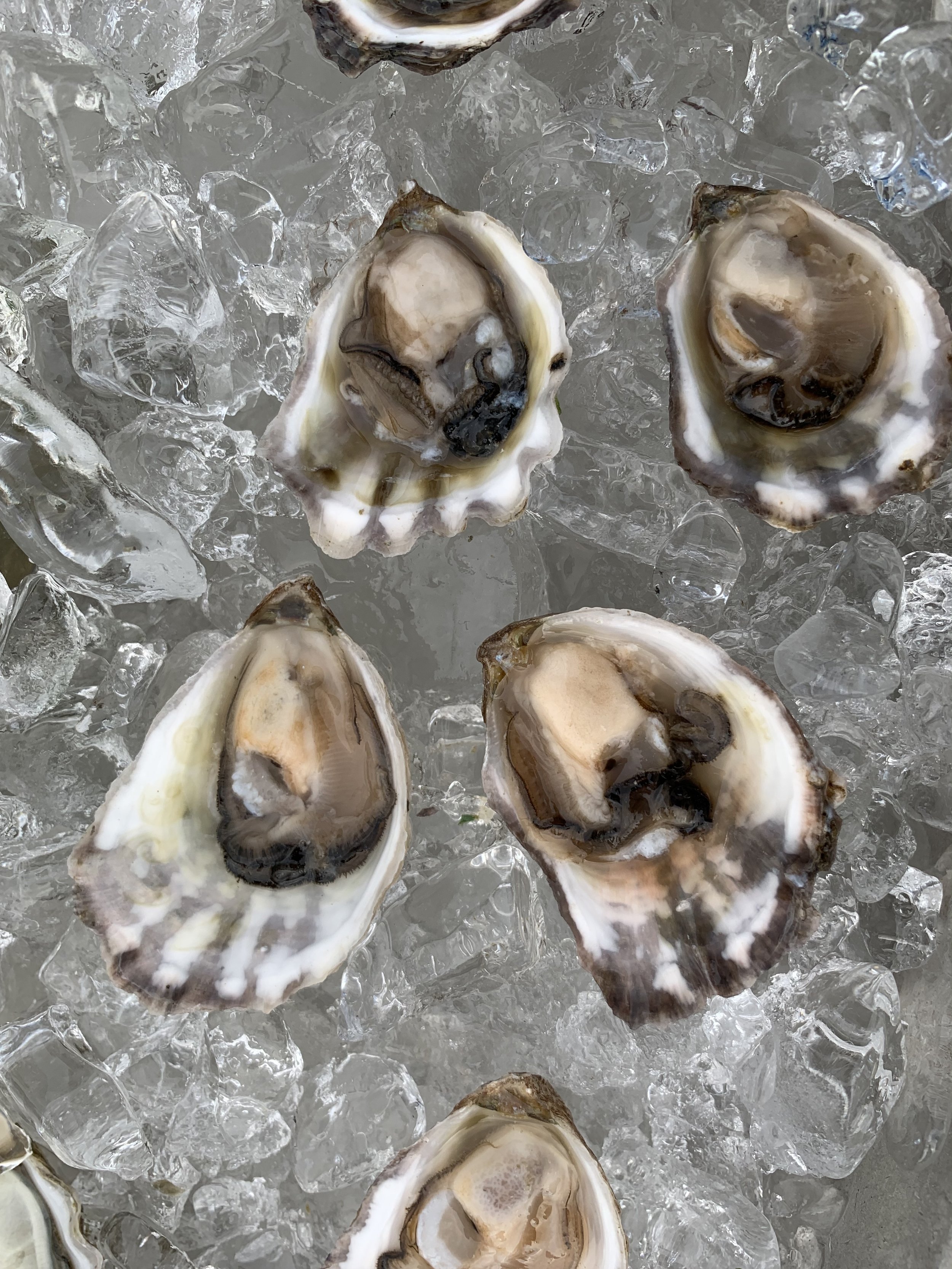Conservation Aquaculture of Marine Foundation Species
What are the eclogical and social implications of using aqauculture as a tool for marine conservation? How can we best assess the benefits and risks of using “conservation aquaculture” for the recovery of marine species? Can the commercial production of native species also support local wild populations?
As a Science for Nature and People Partnership (SNAPP) Fellow, I led two projects investigating the social and ecological trade-offs of Conservation Aquaculture for Marine Foundation Species. The SNAPP teams, comprised of two working groups at the National Center for Ecological Analysis and Synthesis (NCEAS) have synthesized data and created a unique framework to assess aquaculture as a conservation intervention for marine foundation species. This framework addressess both human well-being and ecological uncertainty in coastal systems under climate change.
Learn more about this project here.
Our second project focused on using conservation aquaculture as an intervention to support populations of reef-building species, including hard corals and oysters. We highlighted lessons learned in each system that can inform approaches in the other, and recommended seven key steps for the immediate implementation of reef conservation aquaculture.
Publication here.
